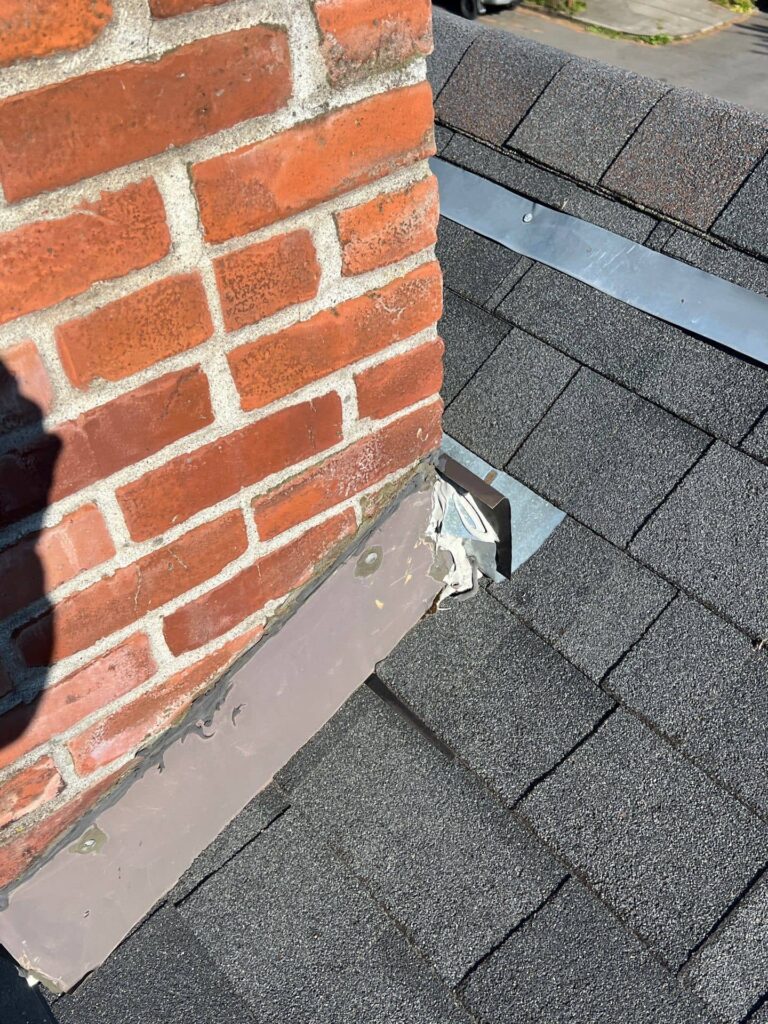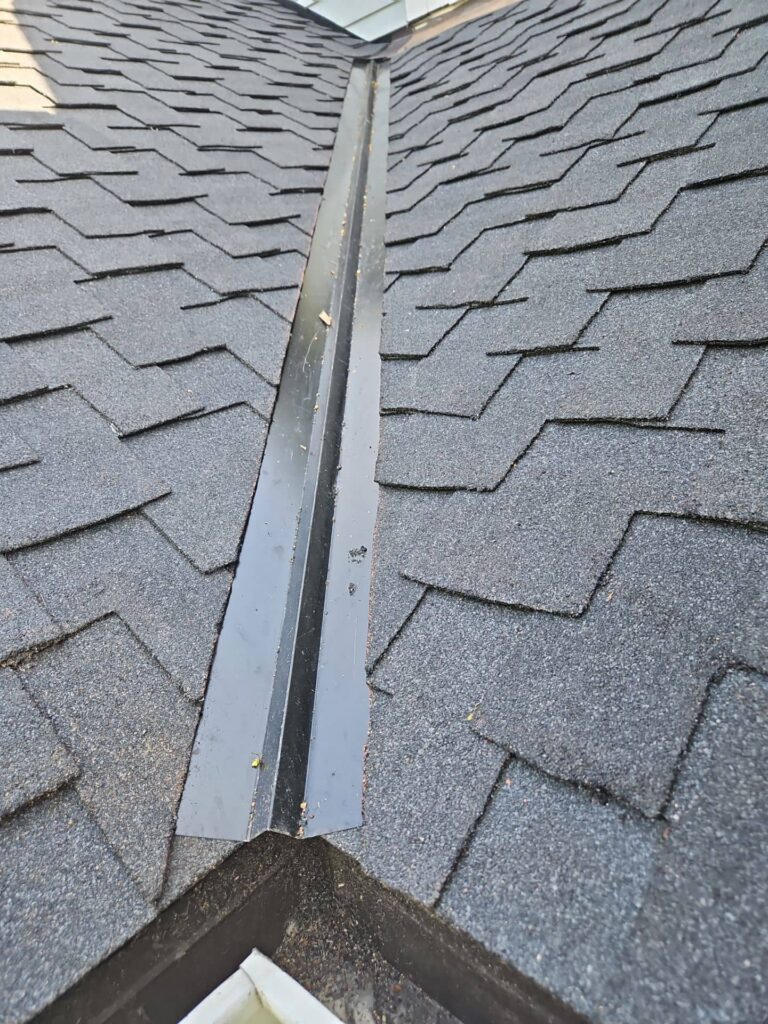When it comes to roofing, installing roof flashing correctly is an important step that is often missed. Understanding the right way to install roof flashing can make all the difference, whether you have a leaky roof or just want to make your roofing system last longer. This blog post will tell you everything you need to know about roof flashing, from the different kinds of flashing to how to install them and keep them in good shape.
Roof flashing is a thin, waterproof material that is put on the edges, transitions, and joints of your roofing system to keep water out. It protects against water getting into weak spots and makes sure there is a watertight seal.
There are several types of roof flashing commonly used in roofing projects, including:

Proper installation of roofing flashing is essential for several reasons:
When it comes to flashing installation, using high-quality materials and following industry best practices is key to ensuring a durable and reliable roofing system.
Before you begin installing roof flashing, gather the following tools and materials:
Proper installation of roof flashing requires attention to detail and precision. Follow these steps to ensure a watertight seal:
| Steps | Description |
| Step 1: Preparation | Inspect the roof and identify areas that require flashing. Clean the surface and ensure it is free of debris. |
| Step 2: Cutting | Measure and cut the flashing material to the appropriate size and shape for the area you are flashing. |
| Step 3: Installation | Secure the flashing in place using roofing nails or screws. Ensure proper overlap and alignment with adjacent materials. |
| Step 4: Sealing | Apply roofing cement or sealant to seal the edges and seams of the flashing, creating a watertight barrier. |
| Step 5: Inspection | Check the flashing for any gaps or loose areas. Make any necessary adjustments to ensure a secure installation. |
To ensure the longevity and effectiveness of your roof flashing, avoid these common mistakes:

Regular maintenance is key to ensuring your roof flashing remains effective over time. Here are some tips for maintaining your roof flashing:
While some homeowners may opt for a DIY approach to flashing installation, hiring a professional roofer can offer several benefits:
Before deciding whether to tackle a flashing installation project yourself or hire a professional, consider the complexity of the job and your level of expertise in roofing projects.
In conclusion, proper roof flashing installation is a critical component of maintaining a watertight and durable roofing system. By understanding the various types of flashing, following the correct installation steps, and implementing regular maintenance practices, you can ensure your roof remains protected for years to come.
Remember, when it comes to your roof's health, investing in quality flashing roofing installation is a smart choice that can save you time, money, and hassle in the long run. Whether you opt for a DIY approach or hire a professional, prioritize the integrity of your roof flashing for a secure and leak-free home.
If you have any questions or need assistance with your roof flashing repair or installation, feel free to reach out to IBEX Roof for expert guidance and assistance.